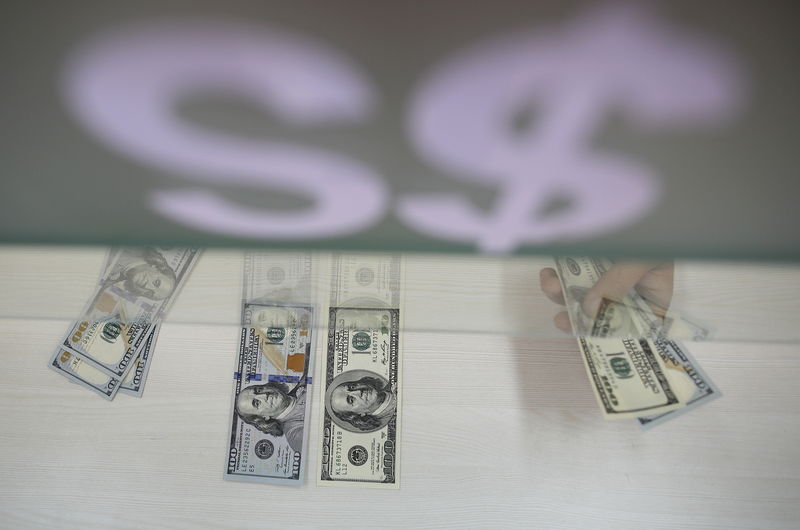60%+ returns in 2025: Here’s how AI-powered stock investing has changed the game
Investing.com -- The Swiss franc continues to strengthen against major currencies, particularly the US dollar and Japanese yen, despite the Swiss National Bank’s (SNB) attempts to curb its rise.
According to Bank of America analysis, the traditional "risk-off" explanation for Swiss franc strength doesn’t fully account for its performance since what they term "Liberation Day." The only traditional relationship still holding appears to be with gold, suggesting these may be the only two liquid non-USD assets effectively hedging against uncertainty.
The SNB’s efforts to weaken the franc have been unsuccessful. Verbal intervention has not been backed by physical action, possibly constrained by US politics on tariffs, and the Swiss franc has continued to rally since Switzerland moved to zero interest rate policy (ZIRP).
Part of the explanation may lie in the options market. USD/CHF one-year implied volatility versus the average of G10/USD one-year implied volatility shows the USD/CHF volatility premium is now at its highest since 2017. While still trading at a discount, this unusual situation appears linked to US fiscal dominance and rising term premium in both the US and Japan.
Rising term premium has driven Swiss franc strength similar to other European currencies like the British pound and euro. However, the Swiss franc stands out due to the link between volatility premium and relative movement, which has taken it toward eight-year highs.
For Switzerland, with its long history of fiscal conservatism, this framework makes the "risk-off" explanation more compelling than focusing on traditional volatility metrics like VIX or MOVE. This highlights the challenges for the SNB in controlling exchange rates within this framework.
Bank of America suggests the SNB should "think outside the box" for solutions to franc strength. Options include abandoning the inflation target, which seems unlikely, or adopting a framework that emphasizes foreign exchange management over rate setting, making rate setting adjust to achieve the SNB’s foreign exchange objectives.
This article was generated with the support of AI and reviewed by an editor. For more information see our T&C.
